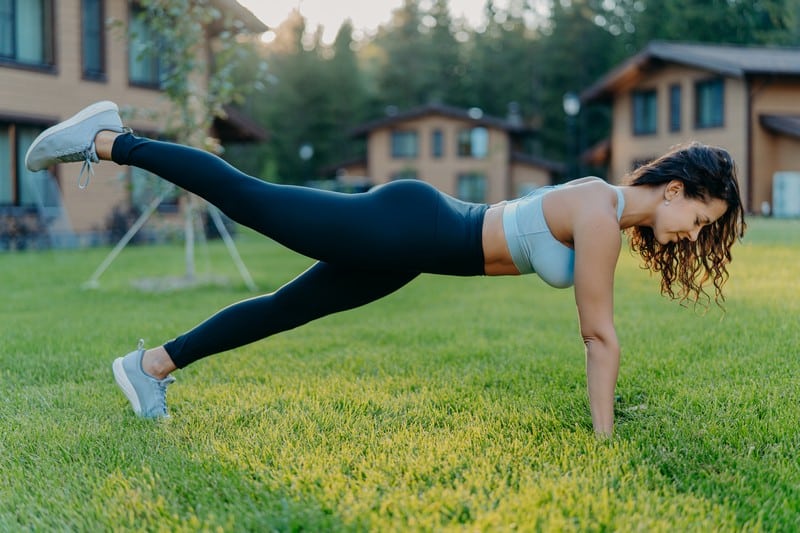Varicose veins can be a painful and embarrassing health problem that is difficult to hide, but there are many ways to get rid of them.
Varicose veins form as a result of poor venous return. Blood has to travel through the legs to reach the heart. Blood flows from the lower extremities to the heart via four major veins: the superior vena cava, inferior vena cava, portal vein, and the left and right hepatic veins. These veins pass through several valves that prevent blood from flowing backward and pooling in the body’s lower extremities.
When these valves malfunction or weaken, blood can collect in the muscles surrounding these veins (i.e., varicose veins) because the pressure pushes blood forward toward the heart. Varicose veins can also be caused by other factors such as genetics, pregnancy, obesity, age, occupations requiring long periods of standing or sitting, and hormonal changes associated with menopause.
In recent years, technological advances in the study and treatment of varicose veins have really changed the treatment landscape. As a result, many nonsurgical treatments are now available to reduce the appearance of varicose veins and relieve the pain they cause without invasive surgery. Among these treatments are a variety of sclerotherapy techniques that use different medications to shrink or destroy the veins. The method you choose will depend on your particular case of varicose veins but generally involves injections into the affected veins to break up or irritate them until your body’s natural healing processes absorb them.
Let’s go through various ways to shrink varicose veins, the best treatments and remedies available, and what to expect from them.
Exercise

Exercise is the most effective way to get rid of varicose veins naturally, especially if you do it regularly. One study of older women with varicose veins found that daily exercise and skin care can help improve the appearance of your varicose veins.
In one study conducted in Nigeria, researchers looked at 89 older women with varicose veins, ranging from 50 to 69 years old. The women were randomly split into two groups: one that received skin care and light exercise and another that received skin care only. Researchers measured the women’s leg swelling before the intervention started and after three months.
The results showed a significant decrease in leg swelling in both groups, but the group that received exercise had a greater decrease in leg swelling than those who received skin care only. The group that received exercise plus skin care also experienced less pain and tiredness.
The benefits of exercise are well known, and it has been shown that even a little bit can make a difference in your health. For example, exercise improves circulation, which can help reduce leg swelling caused by varicose veins.










